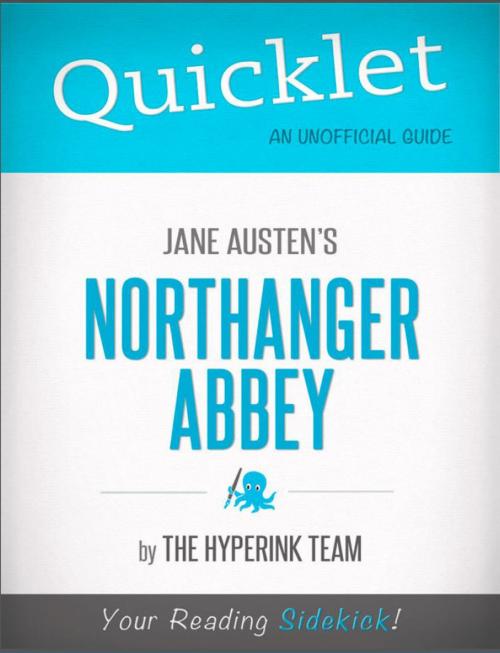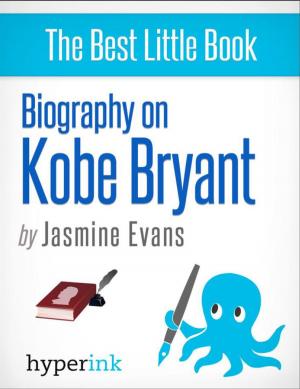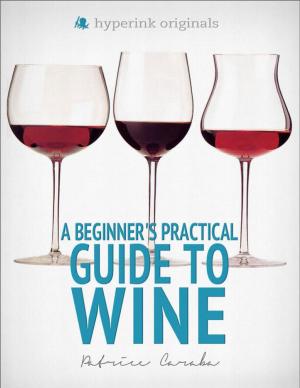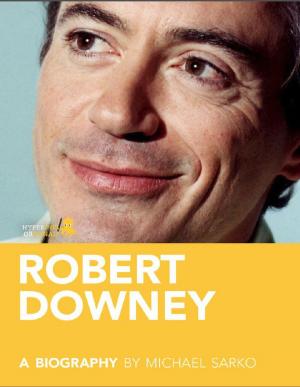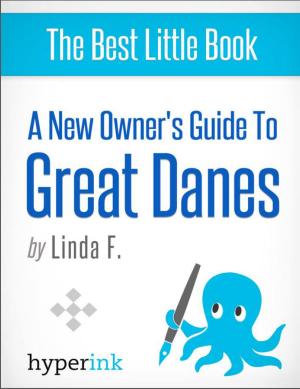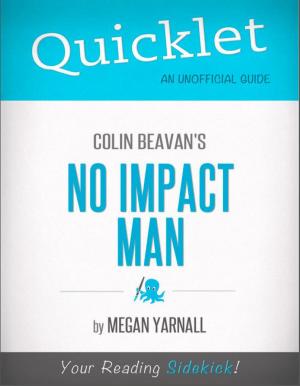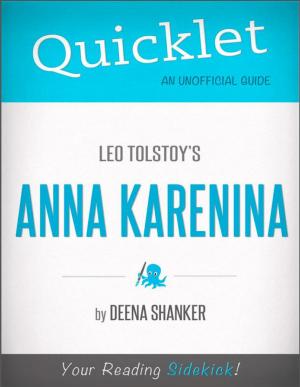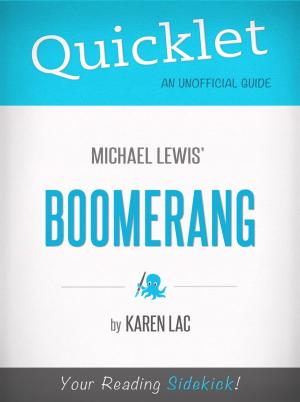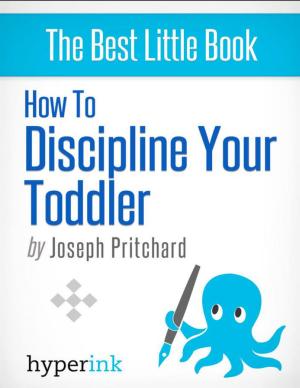Quicklet on Jane Austen's Northanger Abbey (CliffsNotes-like Book Summary)
Nonfiction, Reference & Language, Study Aids, Book Notes, Fiction & Literature, Literary Theory & Criticism| Author: | The Hyperink Team | ISBN: | 9781614648871 |
| Publisher: | Hyperink | Publication: | February 29, 2012 |
| Imprint: | Hyperink | Language: | English |
| Author: | The Hyperink Team |
| ISBN: | 9781614648871 |
| Publisher: | Hyperink |
| Publication: | February 29, 2012 |
| Imprint: | Hyperink |
| Language: | English |
ABOUT THE BOOK
During my first semester of graduate school, I took a course entitled Pre-Romantic Literature, which encompassed the study of British literature immediately preceding the Romantic Period, considered to have ranged roughly from 1798 to 1830. The main focus of this course was the Gothic novel. Midway through the course, we’d just finished reading and analyzing The Mysteries of Udolpho by Ann Radcliffe. Radcliffe is still considered the pioneer of the Gothic novel. Gothic novels gained popularity and were widely read beginning in the late eighteenth century. However, they were read for entertainment and used to discount the literary value of the “novel.”
In addition, young women were discouraged from reading Gothic novels, since it was believed they couldn’t differentiate between fantasy and reality, and they’d see the wildly imaginative plots as mirroring reality. I found Udolpho to be a difficult read and dark in its depictions of villains, whose victims are primarily women. Reading Northanger Abbey, a parody of the Gothic novel and especially of Radcliffe’s Udolpho, was a treat.
In Northanger Abbey, Jane Austen defends not only the novel as genre itself, but the Gothic novel as well, and does so using comedy and realism. It’s an enjoyable read, but at the same time, it dispenses lessons for its readers that still resonate today. And, as suspenseful as Udolpho was at its time, Austen’s Northanger Abbey must have been just as much of a page turner, due to its fluid prose and its engaging plot that mirrors real life.
EXCERPT FROM THE BOOK
It is at this point in her life that Mr. Allen, who owns most of the property in Fullerton where the Morlands live, and Mrs. Allen, who is fond of Catherine, invite her to accompany them to Bath. Mr. Allen has been ordered there for the sake of his health. When they first arrive in Bath, Mrs. Allen and Catherine feel out of place at the gatherings because they don’t know anyone. Catherine then meets Henry Tilney; they dance and get to know one another, but it is a while before she sees him again.
She does find out that Henry is a clergyman and from a respectable family. Meanwhile, Mrs. Allen runs into an old friend of hers, Mrs. Thorpe. Mrs. Thorpe introduces Catherine to her daughter, Isabella. Both mother and daughter know of Catherine because James Morland, Catherine’s brother, is a good friend of John Thorpe, Mrs. Thorpe’s son.
Isabella and Catherine soon become close friends, and James and John arrive only a few days later. Isabella takes a liking to James, neglecting Catherine. Catherine gets stuck with John, who isn’t very attractive and talks too much, most of which is braggery. Catherine is polite to him nonetheless. Catherine runs into Henry Tilney again and meets his sister, Eleanor. They plan a walk for the next day that is later thwarted by John, unbeknownst to Catherine. When she finds out about John’s interference, she directly apologizes to Henry and his sister at their home, meeting their father, General Tilney, in the process...
Buy a copy to keep reading!
ABOUT THE BOOK
During my first semester of graduate school, I took a course entitled Pre-Romantic Literature, which encompassed the study of British literature immediately preceding the Romantic Period, considered to have ranged roughly from 1798 to 1830. The main focus of this course was the Gothic novel. Midway through the course, we’d just finished reading and analyzing The Mysteries of Udolpho by Ann Radcliffe. Radcliffe is still considered the pioneer of the Gothic novel. Gothic novels gained popularity and were widely read beginning in the late eighteenth century. However, they were read for entertainment and used to discount the literary value of the “novel.”
In addition, young women were discouraged from reading Gothic novels, since it was believed they couldn’t differentiate between fantasy and reality, and they’d see the wildly imaginative plots as mirroring reality. I found Udolpho to be a difficult read and dark in its depictions of villains, whose victims are primarily women. Reading Northanger Abbey, a parody of the Gothic novel and especially of Radcliffe’s Udolpho, was a treat.
In Northanger Abbey, Jane Austen defends not only the novel as genre itself, but the Gothic novel as well, and does so using comedy and realism. It’s an enjoyable read, but at the same time, it dispenses lessons for its readers that still resonate today. And, as suspenseful as Udolpho was at its time, Austen’s Northanger Abbey must have been just as much of a page turner, due to its fluid prose and its engaging plot that mirrors real life.
EXCERPT FROM THE BOOK
It is at this point in her life that Mr. Allen, who owns most of the property in Fullerton where the Morlands live, and Mrs. Allen, who is fond of Catherine, invite her to accompany them to Bath. Mr. Allen has been ordered there for the sake of his health. When they first arrive in Bath, Mrs. Allen and Catherine feel out of place at the gatherings because they don’t know anyone. Catherine then meets Henry Tilney; they dance and get to know one another, but it is a while before she sees him again.
She does find out that Henry is a clergyman and from a respectable family. Meanwhile, Mrs. Allen runs into an old friend of hers, Mrs. Thorpe. Mrs. Thorpe introduces Catherine to her daughter, Isabella. Both mother and daughter know of Catherine because James Morland, Catherine’s brother, is a good friend of John Thorpe, Mrs. Thorpe’s son.
Isabella and Catherine soon become close friends, and James and John arrive only a few days later. Isabella takes a liking to James, neglecting Catherine. Catherine gets stuck with John, who isn’t very attractive and talks too much, most of which is braggery. Catherine is polite to him nonetheless. Catherine runs into Henry Tilney again and meets his sister, Eleanor. They plan a walk for the next day that is later thwarted by John, unbeknownst to Catherine. When she finds out about John’s interference, she directly apologizes to Henry and his sister at their home, meeting their father, General Tilney, in the process...
Buy a copy to keep reading!
